When I bought the French Laundry cookbook several years back, I came home and sat curled up in an oversized chair and read it straight through from cover to cover. Most of the things it contained were–at the time–not real for me. I had no idea what most ingredients were, how to pronounce the techniques Chef Keller mentions, or what any of the oddly-named dishes might taste like. Mine was largely a very blank, hollow fascination that this was something important but that I didn’t know enough at the time to understand why. There was one part of the book though that struck a very powerful chord with me: Chef Keller describes a rabbit purveyor that visits him one day and leaves him an order of live rabbits. Chef questioned the purveyor about this, and was told he basically would be required to do the butchering of the rabbits himself. He gently regales a fairly horrifying tale of trying to slaughter a struggling bunny, badly-injuring (but not killing) it, which then escapes from his grasp and starts running around the back yard area wounded and terrified. When the Chef finally chases down and dispatches the rabbit, a thick gravity settles on him: he realizes that the only way he can possibly attempt to rebalance things is by using as much sensitivity and skill in preparing the rabbit dish he originally wanted to try as he possibly could.
I still love this story; its lesson is woven into the things I find poetic about Noma and much of Alinea’s work, and it’s fun for me to look for opportunities to think like this.
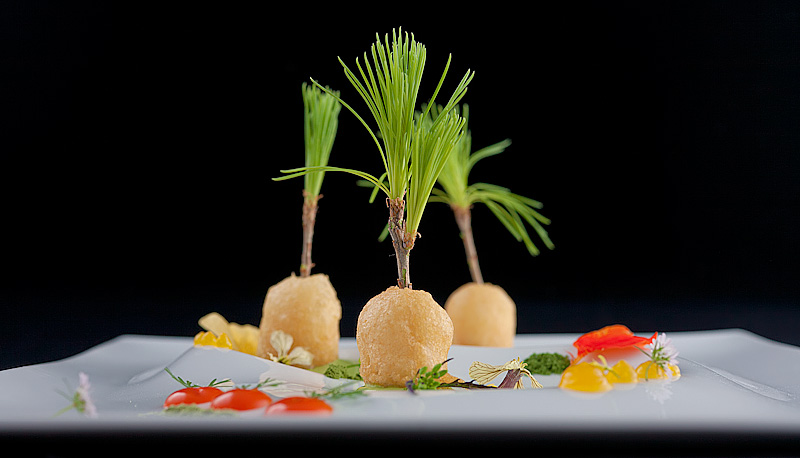
A few weeks ago while at work, I took a break to walk around outside a bit. A small grove of pine trees caught my eye; the tips of all the branches were droopy and limp, making them look like something out of a Dr. Seuss storybook. I walked over to get a closer look and found the branches were sagging because they were laden with heaps of small, plump ‘baby pine needles’. When they’re in this stage, the needles are soft as a paintbrush. Several months ago I saw Ferran Adria using pine needles similar to this in “Cooking, In Progress“. I picked a few of these soft needles and tasted them; they were tart and citrusy and gently pine-y, with a very chalky, tannic aftertaste.
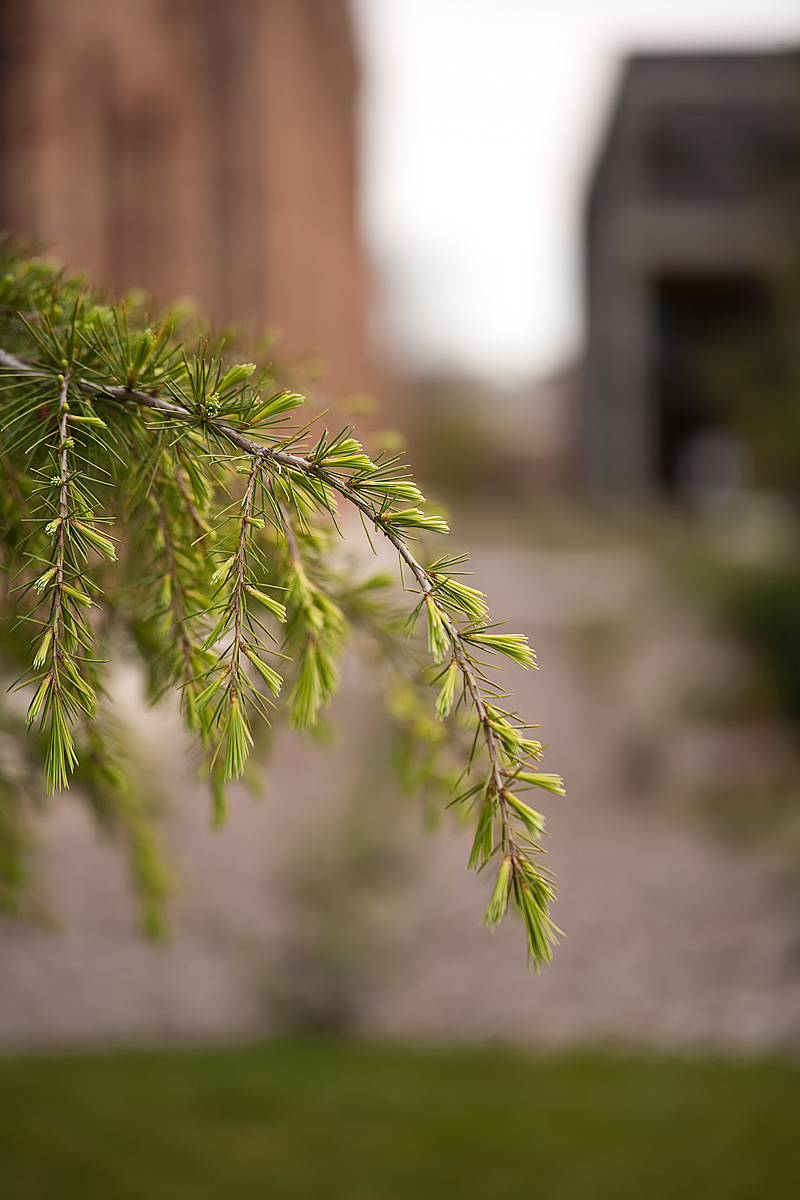
I immediately wanted to try making something with them. In trying to think up complimentary flavors, another thought hit me: what other ingredients could I find around work?
We’re fortunate to have a culinary team as part of our staff at work; these chefs manage a lovely cafeteria that feeds upwards of 1000 people each day for lunch. The team is led by Chef Jennifer; she and the team dedicate untold amounts of care and consideration to the food presented in our kitchens. She once mentioned her belief that it’s important to be surrounded by the values, awareness, and sensitivity that yield good food.
To that end, we have several expressions of this scattered throughout our campus, so I started roaming around to see what I could find. Our rosebushes weren’t in yet, so there weren’t any rose petals with which to play. I found several just-ripe lemons on a small tree near the entry to one of our buildings, along with lots of other herbs (mint, rosemary, some thyme). There are artichokes, but those won’t be blossoming for a while. Then I remembered Chef pointing out to me a small landscaped area between two of our buildings that are actually gardens. These gardens aren’t very big, and I’m curious how many people have noticed them as anything more than decorative, but they’re nevertheless quite beautiful and very carefully maintained. They’re not large enough to fully-support the kitchens for the entire company, though I believe the chefs do make use of them when they can.
When I walked over to our main garden area, I ran into the gardener responsible for tending the plot. She excitedly pointed out what all she had planted, giving me a little tour of the planters. There were fava beans and peas that were starting to come in (she’d harvested what she could just before I got there), dozens of varieties of leafy greens and herbs, and several varieties of edible flowers. Staggered near the center of both planters are healthy blueberry bushes that were laden with unripe blueberries, and near the end of one of the planters is a smattering of root vegetables that includes beets, radish, potatoes, and carrots.
You guys, it’s pretty awesome.
I spent the next several days taking breaks and revisiting the gardens, making lists of everything I found. At first, I didn’t note what was actually in season;I just wrote down everything that was edible on our campus. I started sketching out ideas for some dishes that featured various combinations what I’d found. One idea that jumped into my head quickly was to build something around the blueberry bushes; I had this idea of a tidy little cube of deep indigo blueberry sorbet, anchored on some kind of streusel, paired with a pine shoot and topped with tarragon leaves. I could garnish the cube with candied lemon zest powder, and dot little globules of carrot puree around the assembly. In my head, the vibrant colors of deep indigo, orange, bright green, and vibrant yellow looked cool, and I felt the flavors would work well together and be pleasantly surprising.
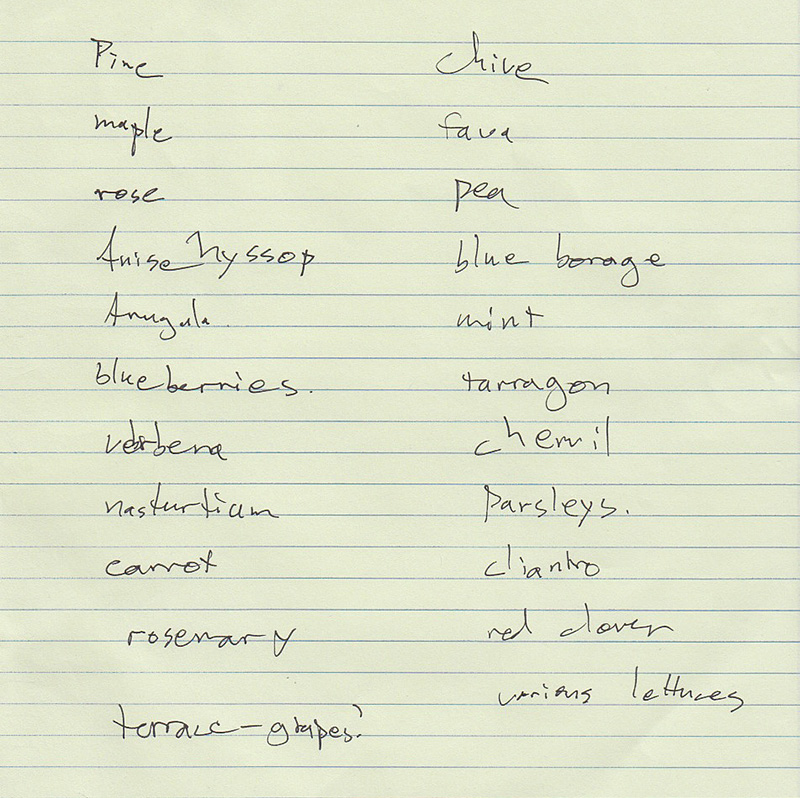
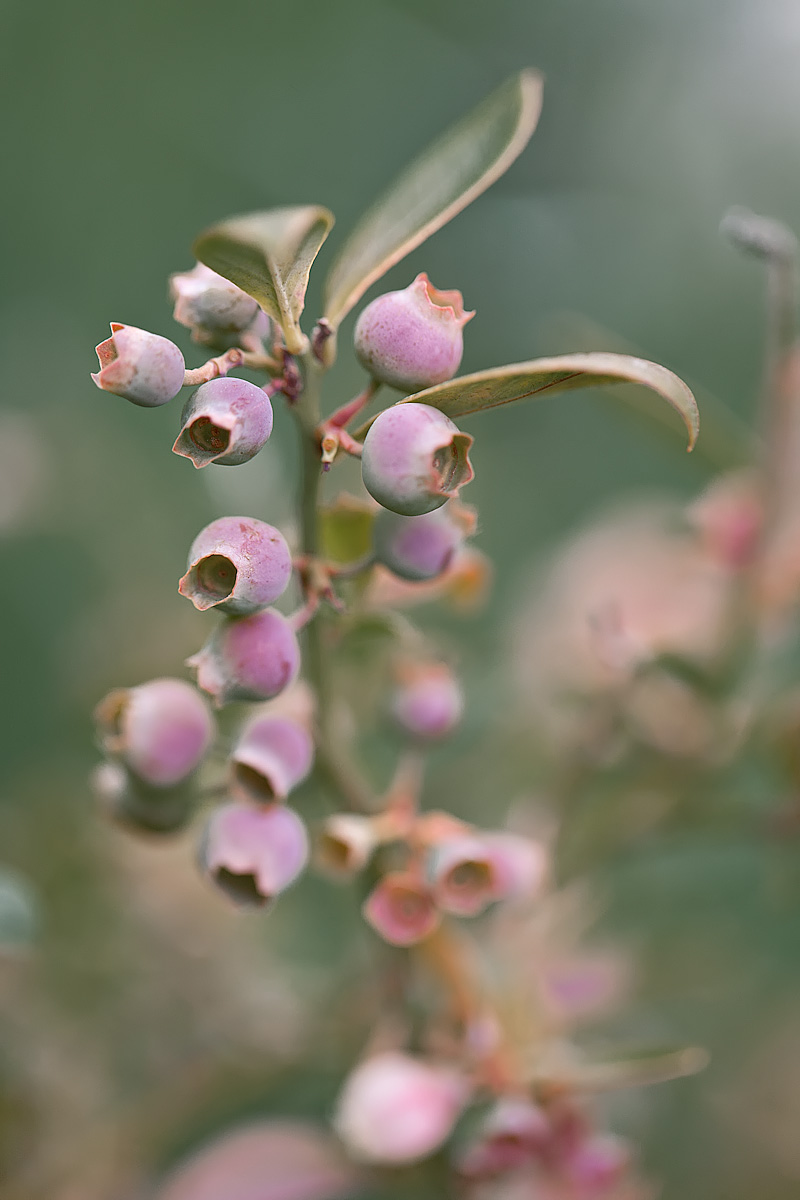
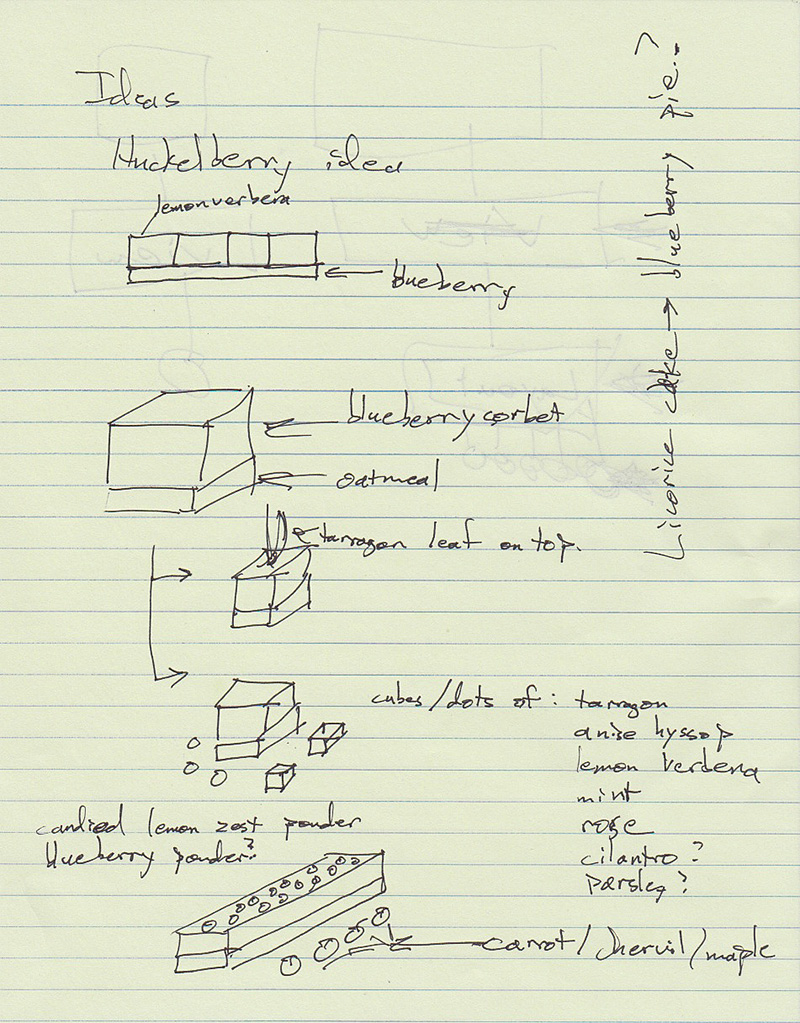
When I showed the sketch to Sarah though, she pointed out “Yeah, but the blueberries aren’t ripe yet, you said. Would you just use unripe blueberries?”
“Oh no, I’d just buy some blueberries at the grocery store, and say that this was inspired by what I found in our garden.”
She pursed her lips skeptically. “That’s cheating! I think it’s more interesting if you literally use what you find in the garden.”
Dammit. She was right. That would make things notably harder for sure, but also kinda fun in a Top Chef-y sort of way.
I went back to the garden and made more lists, noting this time what was ready to be harvested. Sometimes when I get an idea stuck in my head it takes a bit of effort for me to boot it out and move on to the next; I kept seeing that nice blue cube of berry and it looked so pretty in my mind’s eye, and in cycling through the available bounty from the garden I kept trying to figure out how I could shuffle something else into the position of the blueberry cube.
I was walking from the parking lot into work a few mornings later, the cold breeze brushing against my cheeks, and noticed I could smell the kitchen already awake and bustling. Specifically there was the warm, toasted smell of the woodfire oven drifting through the air. Walking into the atrium bolstered the scent, and I thought “Huh, maybe it could be cool to try to include a nod to the kitchen itself into this dish. I could include a smoky element to one of the components…”. I started flipping through my list again; I thought I remembered the gardener mentioning that there were beets in one end of the garden. Maybe I could replace the blueberry sorbet with a smoked beet sorbet? Beets pair well with lemon and carrots, and the various herbs I’d found could be used to garnish it. A sweet smoked beet sorbet sounded like a pretty crazy idea to try, and it would probably create the surprise/emotional element I needed.
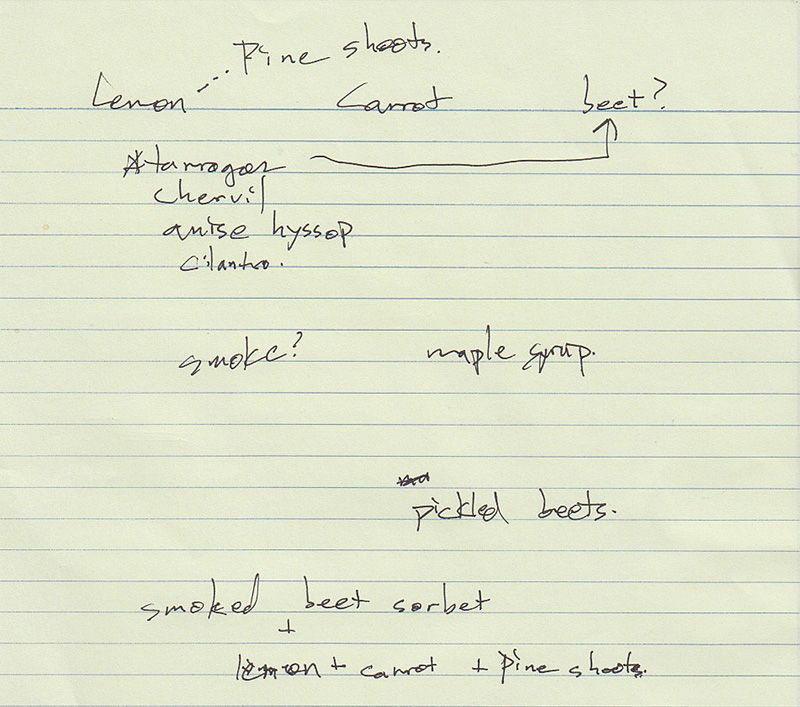
The following rainy Saturday, Sarah and I came in early in the morning to do a bit of harvesting. She was armed with her camera and I with some gardening gloves and shears. The first thing I wanted to do was find the beets; they would be the main component of the dish, so were the most important for me to confirm. I rooted around a bit in a bunch of greens that looked like beetroot greens, but failed to find any beets. A little confused, I pulled out my phone and did some searching to try to identify the green leaves with red veins running through them that I’d thought were beets. They turned out to be swiss chard.
Hm.
I stood in the rain for a few minutes, trying to rethink things. Sarah asked why I couldn’t just try building a very pretty, simple salad from the abundance of leafy greens and edible flowers that were clearly ready. While I certainly could have done that, it seemed a little too easy. I started going through the garden again, trying to find something that was substantial enough of a base that it could support all the garnishes I wanted to include. The one thing I hadn’t considered up to this point was a batch of potatoes, their greens nearly-overshadowing one end of the garden.
“Do potatoes go with lemon? Can I do something interesting with potatoes?” It was hard for me to boot the ‘surprising sorbet with garnishes’ idea out of my head, and potatoes seemed boring by comparison.
“Seriously? You ever had Greek food? They pair potatoes and lemon all the time.”
Again, she was right. But it was cold, we were both shivering in the rain, and I wanted to just go home and be warm and eat some soup or something. Something like…a…hot…potato soup?
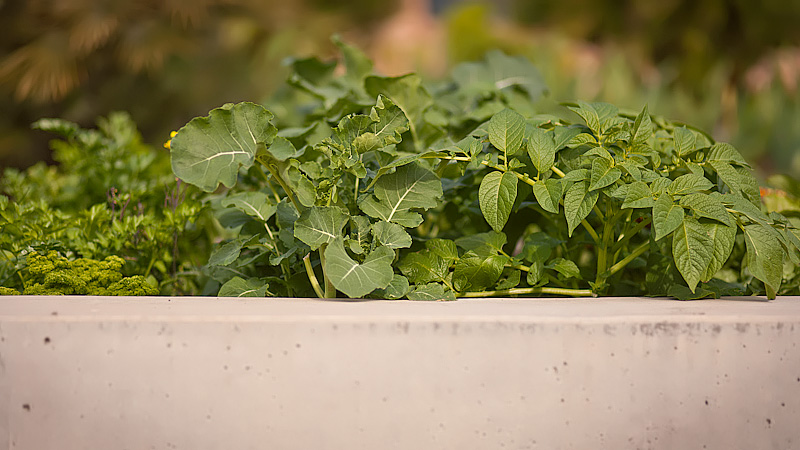
I started digging, and up came a few golf-ball sized yukon gold potatoes. Awesome. I looked around for what else I could use; the insistence on doing a sweet dish gave way in the moment to something warming and savory. Nasturtium leaves have a nice peppery taste; maybe rather than pepper in my potato soup I could incorporate the nasturtium. I grabbed some flowers from the plant too, along with bunches of arugula flowers, mustard greens and flowers, cilantro, and carrots. I also picked a few handfuls of rosemary, chervil, and tarragon, then headed up to the terrace to grab some lemons. Dripping and cold, I headed home to try to figure out how to put this all together.
I knew up front I wanted to make a carrot puree similar to what I made for the Hazelnut dish recently; I made this by slicing the carrots on a mandoline and cooking them sous vide with some carrot juice and maple syrup. I was a little weirded-out to find the centers of all the carrots were green; I worried I might have picked them prematurely, but some internetting suggested this is actually a sign of organic, natural produce; carrots with orange centers apparently have been genetically-modified to have this trait.
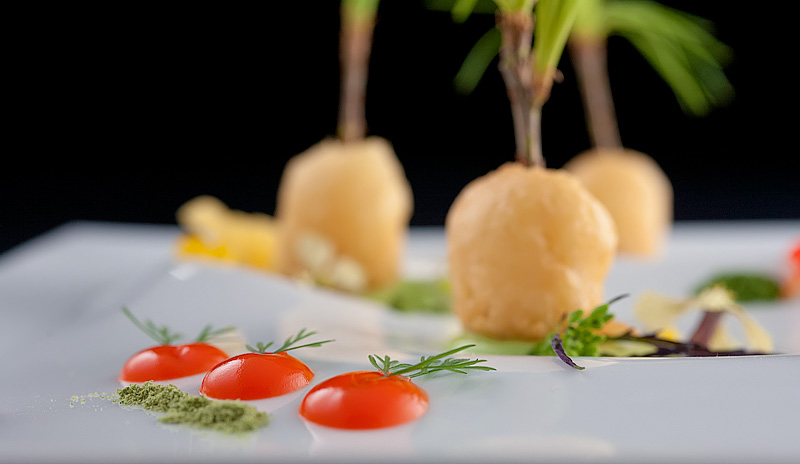
I pureed the cooked carrots and stored the puree in a squeeze bottle in the fridge while I moved on to making a lemon pudding. This involved steeping some lemon zest and saffron with some sugar for 20 minutes or so, then blending this with some set agar to a pudding consistency. I hit the saffron a bit hard, which helped give a nice yellow color to the pudding and also tasted awesome.
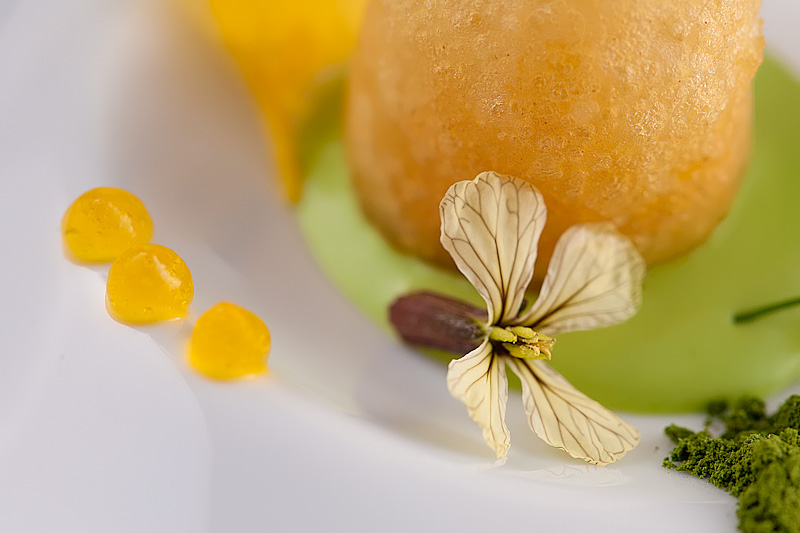
I blanched and dehydrated chervil leaves, tarragon leaves, and rosemary leaves for several hours until they were very dry and crisp. While that was happening, I blended some sour cream with the nasturtium leaves and some xanthan gum, which thickens the mixture without distracting from the flavor. Sour cream and pepper are pretty natural buddies with potatoes, and the resulting cream was earthy and peppery and slightly ‘green’ in taste. When the herbs were complete, I crushed them into fine powders using a mortar and pestle.
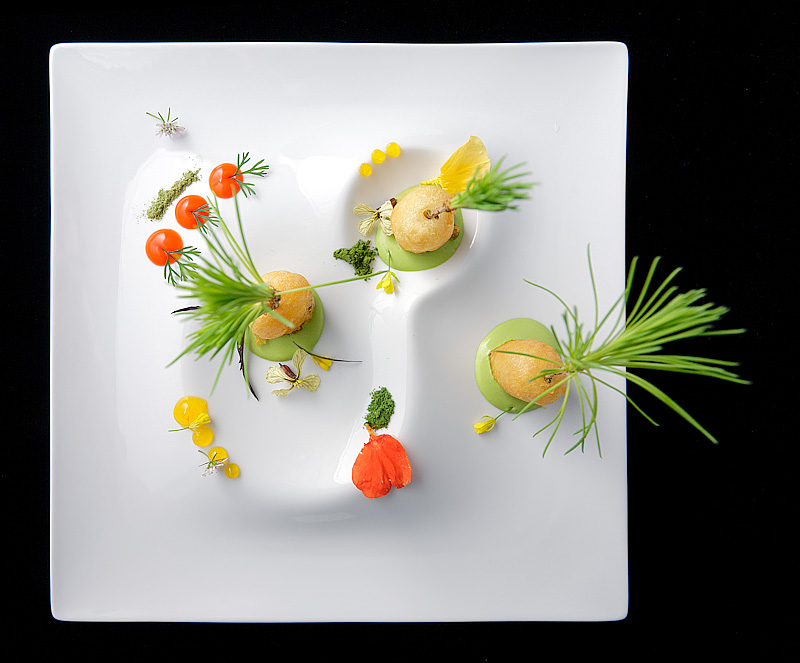
I started work with the potatoes by smoking some whipping cream and some butter with alder wood chips. For funsies, I also smoked a couple of oranges, the peel of which I would later use in a delicious Old Fashioned. I cut up my potatoes and cooked them in the cream and butter, then pureed the mixture and added gelatin; this cooled into a smoked potato gel.
While the potato gel was setting, I picked a few of the most tender pine boughs, picked off all the needles except the endmost ones, and very, very quickly blanched the tips. This fast blanching killed the tannic quality and left me with bright needles that taste of citrus and pine. I cut the set potato gel into cubes and speared them onto the pine sprigs, dipped them in tempura batter, and deep-fried them in canola oil for a minute or so. This caused the potato gel to melt into a hot smoked potato soup.
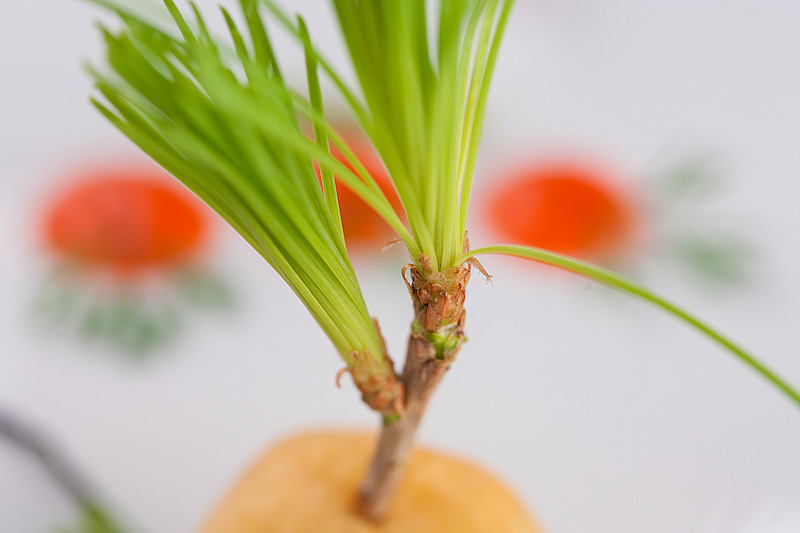
The deep-fried smoked potato soup cubes were plated on some small pools of nasturtium sour cream; some dots of carrot puree topped with cilantro leaves are nearby, as are small dots of lemon-saffron pudding. There are small piles of chervil, tarragon, and rosemary powder garnishing the plate, along with nasturtium petals, mustard leaves and flowers, cilantro flowers, and arugula blossoms. This was the first time I’ve made something up on my own and given a plate to Sarah to taste and evoked a reaction of “Damn, dude.” It turned out really well! The warm, comforting elements went nicely with the blast of cold, rainy weather inherent to spring in the Bay Area, but the fresh crispness of the garnishes contrasted well with them, sort of like stippled rays of sunlight peeking through clouds. I feel good about it representing a specific time and place, and hope it serves to express the reverence and sensitivity with which I regard both.
Some people get tattoos, I guess I try to make a plate of food.
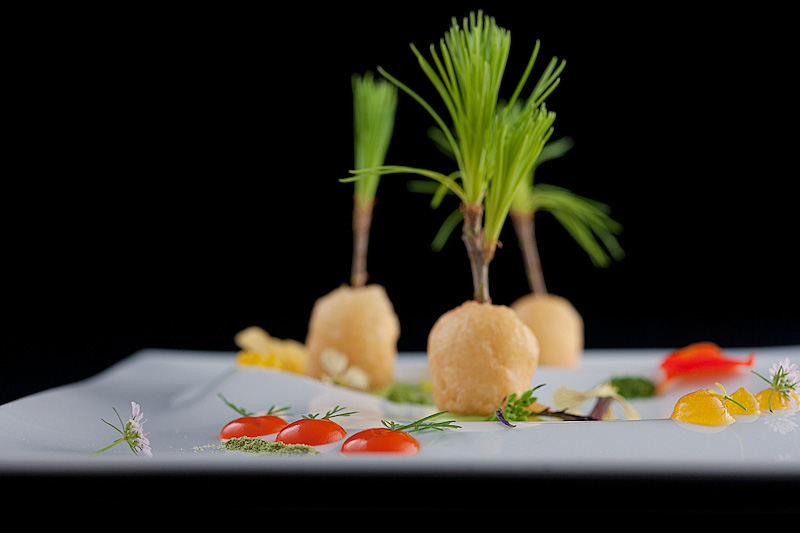
I was excited enough about the final composition that I wanted to try something a little special with the photography of it. I got out my Mamiya and loaded with with some Ektar 100. Shooting with strobes has proven tricky for me in the past, given how I’m used to immediately-seeing what my lights are doing and adjusting accordingly with digital. With the Mamiya, you’ve got about 10 chances to get it right, none of which you can see until the film gets developed. I balanced my digital camera’s settings to that of the Mamiya and tried to balance the lights that way, then shot through a roll of film with the Mamiya. When the negatives were developed, I was actually surprised at how non-terrible the images were:
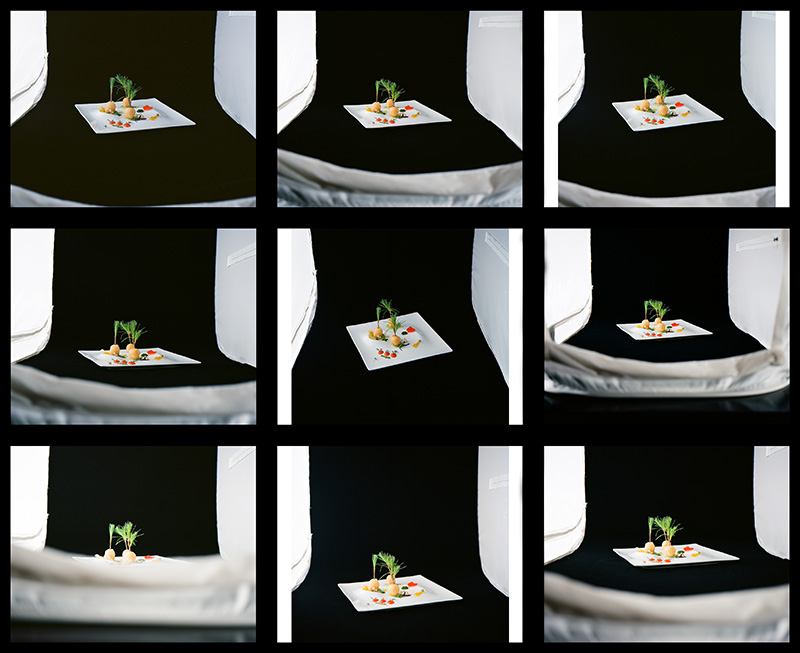
Some were a bit over-exposed, and one was poorly-composed, but overall things looked reasonable and the extended dynamic range and color of the film was lovely. The default low-res scans made it tough to see how well I’d done at pulling focus, so I went back and requested medium-res scans (which yield jpgs roughly-equal to the size made by an entry-level DSLR…which is to say “pretty great”). Scanning through these, I picked a few I liked, and took these back to have scanned at Fully-Awesome Super-Duper High-Res. This process costs $45 a pop at PhotoLab in Berkeley. I wanted to do this a) because I think it could be cool to try making a poster-size print of this, and 2) because I just want to see how mind-blowing a scan at that resolution really is. I haven’t gotten these scans back yet, but I’ll report back when I do.
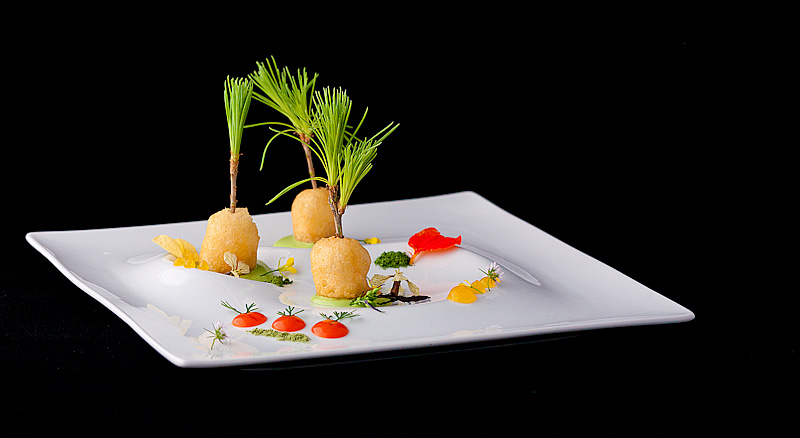
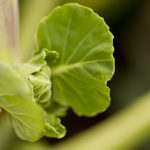
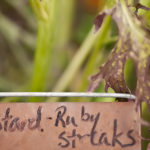
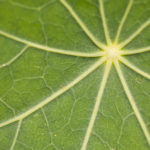
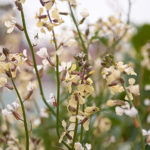
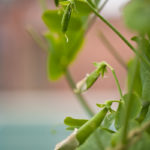
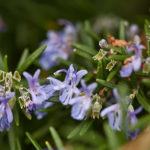
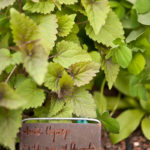
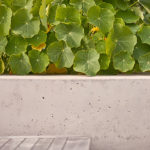
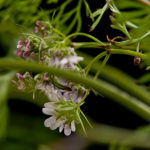

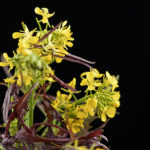
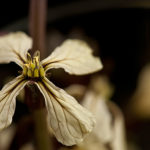
I am always amazed at your extraordinary posts. True works of art, both the cooking and the pictures. This is an extremelly inspiring work.
May I ask a question about your light tent? I’m looking for one for my food pictures, and I would like to know which size do you find useful for food, and whether you have any other recommendation. By the way, I would love to have more info about your photo setup and tips, should you want to devote a post to it some day… 🙂
Hi, Enrique is it?
Thanks so much for the lovely compliment! To your question:
I have this light tent:
http://www.bhphotovideo.com/c/product/301878-REG/Photek_DLH_24_36_Digital_Lighthouse_Large.html
I’m fairly happy with the size; if I had to put forth a critique, I’d say that I rarely make use of its “depth” (I’d probably prefer a square one rather than a rectangular one), but I definitely don’t find it to be too big. I move around a lot when shooting (by which I mean: I stick my head and upper body into the light tent to get closer to the food) and this allows me to do that fairly easily. Smaller tents are ok if you don’t anticipate needing to get super-close to the food like I tend to, and/or if you’re not shooting with a macro lens (which I do).
As for photo setup, you can see how I usually (roughly) work with my light tent in this post:
http://www.allenhemberger.com/alinea/2010/12/salt-sugar/
though I tend to be constantly changing stuff, so I don’t really have ‘a setup’. But it’s good to hear that writing about that stuff would be potentially-useful, so I’ll see if I can come up with something to that end.
Looks amazing. Just assumed it was in the book until I started reading!
Mike
“Damn Dude!” is right. This looks gorgeous and sounds like a delicious culmination to a lot of effort and thought. Did you have any “leaky” potato soup fritters BTW? Your frying job on these things looks impeccable.
Many thanks for your answer Allen!
Enrique
When I saw the pine needles in the first photograph, I was immediately reminded of that El Bulli documentary. (I just saw it a few nights ago.)
Your dish sounds wonderful–especially the potato that melts into the soup as it’s deep-fried!
I haven’t had a chance to watch the video that goes with this dish, but I’ve enjoyed all of the other ones so far. I’ll have to come back to it when I have another spare moment.
Hey thanks so much Katie! And, congratulations on your wedding-cooking adventure! I’ve done photography for a few weddings and it’s no small/unstressful feat; I imagine your experience was pretty exhilarating too. But those macaroons turned out beautifully!